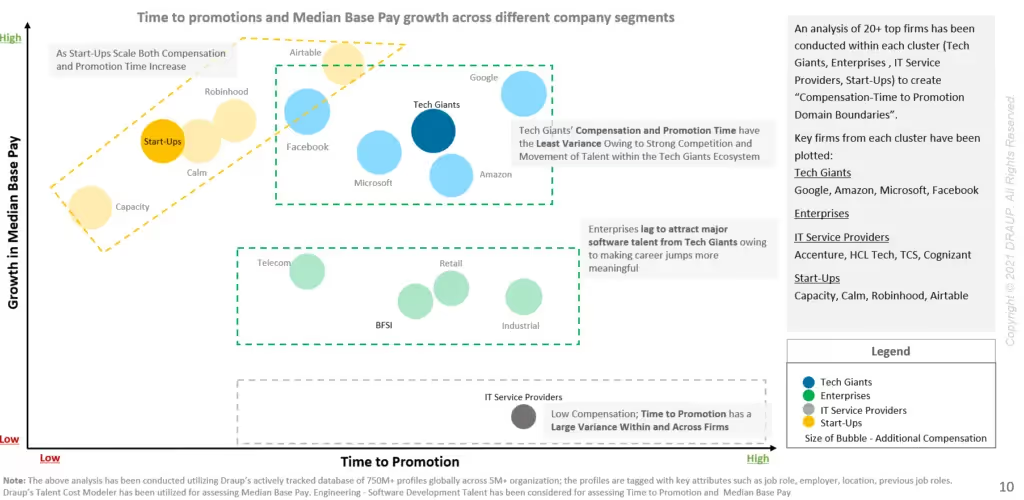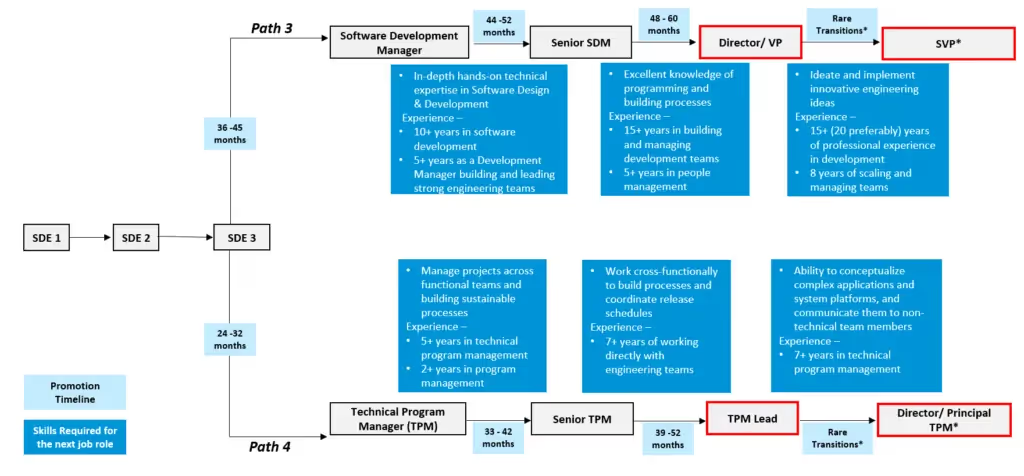Fostering a "Career Progression" Work Ethic Among Employees to Win the Talent War
We have focused on career progression and the importance of understanding such progressions for both Recruiters and Workforce Planners. We begin with a story. In 1954, Oliver Smithies, a world-renowned geneticist, made a striking discovery of how to separate individual fragments of DNA and components of human blood. Oliver Smithies named this process “gel electrophoresis” famously discovered during his Saturday Morning Experiments – a safe zone he designed to work without the constraints of a typical workday. Yet, the discovery he made during that Saturday morning is immense. Throughout his life, Oliver conducted these experiments and documented his thoughts in well over 150 notebooks. This notebook is a treasure for many biology students. Such accomplishments happen when you do not treat your job as a mere set of tasks and treat it as a career. How can companies create this type of work ethic among employees to lead the competitive race?
How can companies create this type of work ethic among employees to lead the competitive race?
A 2016 analysis of ten thousand researchers’ careers determined no standard relationship between experience and contribution; an individual’s most impactful paper was as likely as their first as their second, tenth, or last. Even after making one of the most influential discoveries in 1954, Oliver Smithey worked very hard and won the Nobel prize in 2007.
Enterprises going through digital transformation have two key learning from this story
- Your existing resources only need a framework and a set of tools to take your company to the next level in the digital age. Fundamentally, you have a super-intelligent team with enormous hunger to succeed (Workforce planners should understand this)
- Recruiters should understand the importance companies place on a career and the pace of progression that their companies can offer external candidates.
This discussion is a big topic, and we have attempted to provide some light on this. We collected data on how companies are accelerating their employee’s careers – analyzed in three cohorts- Big Tech Companies, Startups, Enterprises Companies, and Service Provider companies
The results are exciting. Here is an illustration of our results. This analysis is not a statistical analysis – only a very directional analysis, but the results are striking. (We focused only on Software and IT talent for this analysis. We are calling this a “Compensation – Time to Promotion Domain Boundaries” graph. Still developing this concept and hope you like the same

- Enterprises do not lag on time to promote, but they consistently lag in making the promotions meaningful in terms of a base pay growth
- Startups rapidly advance people in the early stages and slow down a bit as they grow (as expected)
- IT service providers have a very large variance and challenging to extract a point of view
- Individual companies may be different and follow different trends with an industry cluster
A recruiter should understand the exact path of progression of a technology person while hiring. We have developed a sample map here based on collating the paths. Having this type of path defined with Recruiters will be a game-changer as Recruiters will stand out while talking to candidates.












.svg)




















.svg)





.svg)
